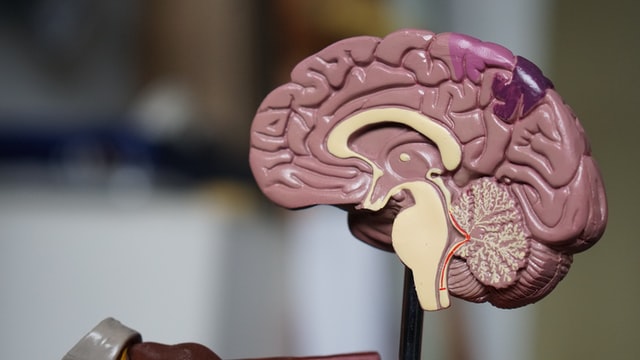Cognitive Distortions: Definition, List, & ExamplesLearn the definition of cognitive distortions, see examples, and understand how to challenge them.
It’s unlikely that your partner or friend is late every single time you make dinner plans. If I had asked you the day before about their punctuality, you would probably have said that they are usually on time. In the moment, though, you experienced a very human – and very impactful – phenomenon. Cognitive distortions affect all of us every day. Read on to learn more about recognizing cognitive distortions, how they impact our lives, and how we can challenge and overcome them.
Before reading on, if you're a therapist, coach, or wellness entrepreneur, be sure to grab our free Wellness Business Growth eBook to get expert tips and free resources that will help you grow your business exponentially. Are You a Therapist, Coach, or Wellness Entrepreneur?
Grab Our Free eBook to Learn How to
|
Are You a Therapist, Coach, or Wellness Entrepreneur?
Grab Our Free eBook to Learn How to Grow Your Wellness Business Fast!
|
Terms, Privacy & Affiliate Disclosure | Contact | FAQs
* The Berkeley Well-Being Institute. LLC is not affiliated with UC Berkeley.
Copyright © 2024, The Berkeley Well-Being Institute, LLC
* The Berkeley Well-Being Institute. LLC is not affiliated with UC Berkeley.
Copyright © 2024, The Berkeley Well-Being Institute, LLC




